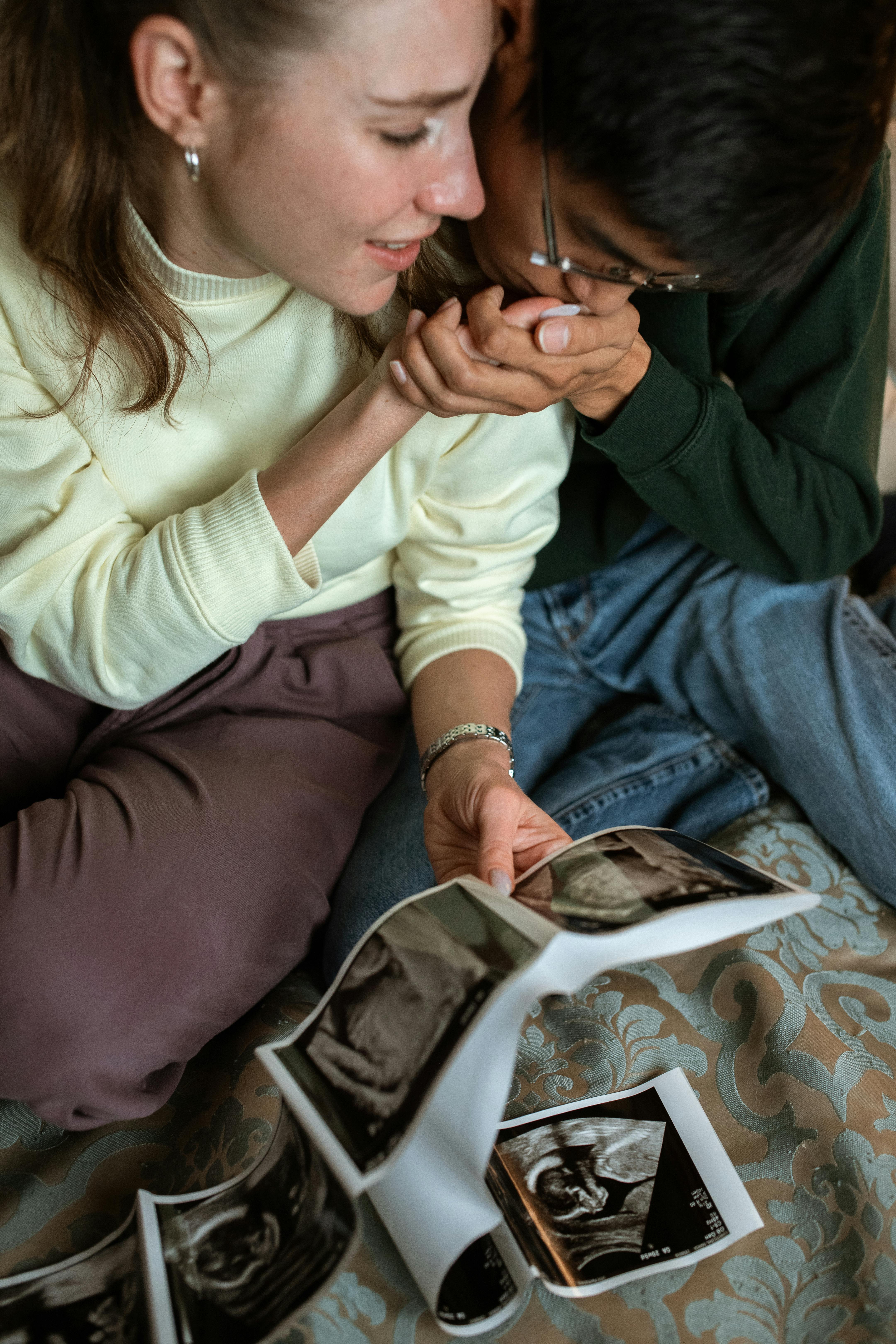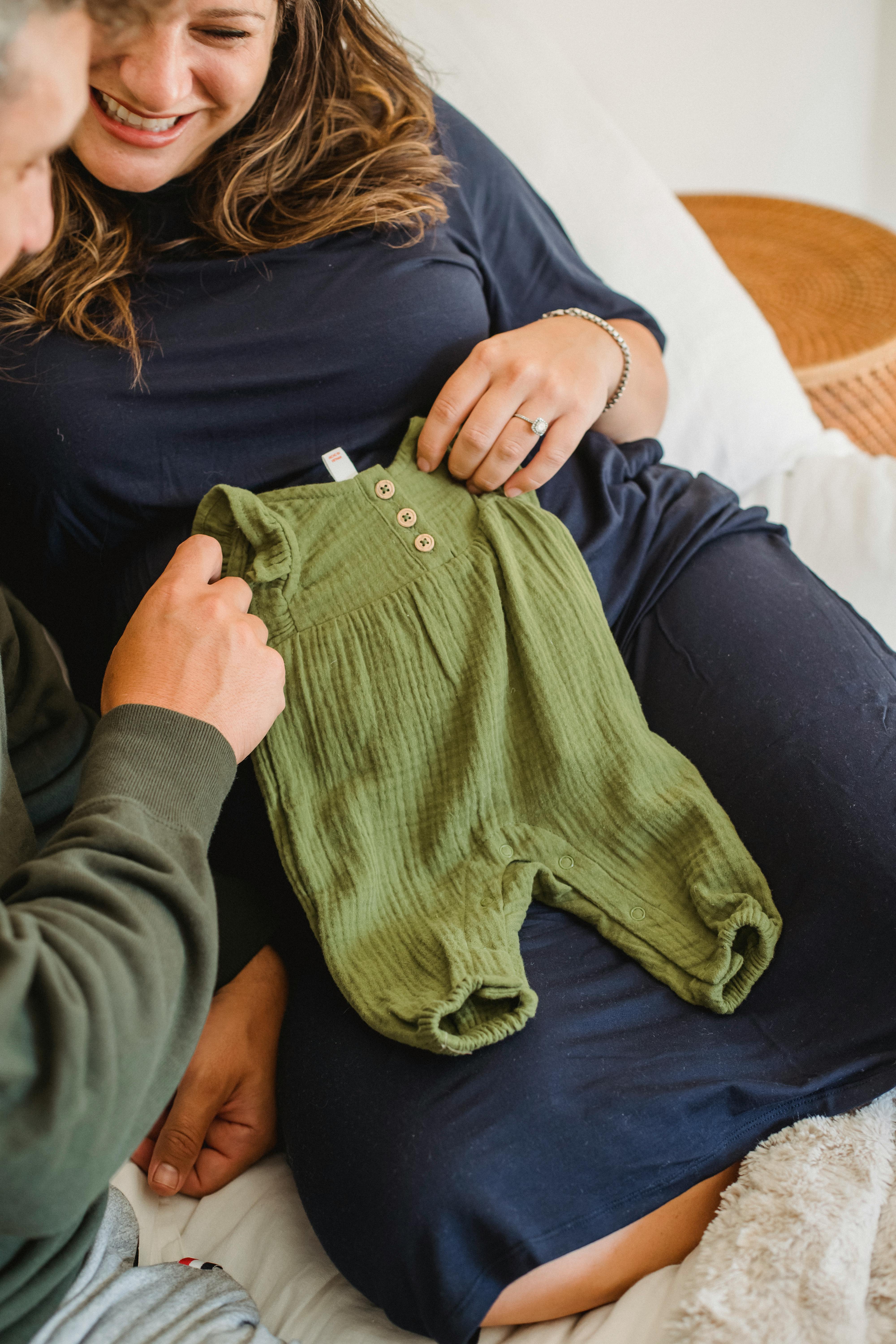Understanding Normal Baby Movements: A Comprehensive Guide for Expectant Parents

Pregnancy is an exciting time filled with a lot of emotions. Yet, it's also a time filled with many questions, especially for first-time parents. Among the biggest concerns that most pregnant women have is about their baby's movements. When do they start? What do they feel like? What's normal, and what's not? This article is designed to answer all these questions and more, providing a comprehensive guide to understanding normal baby movements during pregnancy.
The Onset of Baby's Movements
One of the most-awaited milestones in a woman's pregnancy journey is feeling the first movement of her baby. Typically, mothers start to feel their baby's movements anywhere between 18 and 25 weeks of pregnancy. However, for those who have been pregnant before, it might happen a bit earlier, due to their familiarity with the sensation.
How Do Baby Movements Feel Like?
Describing the feeling of baby movements is quite challenging as it varies from one woman to another and also depends on the baby's position, size, and activity level. Most of the early movements are described as flutters, popcorn popping, or butterflies fluttering. As the baby grows bigger and stronger, these delicate flutters evolve into more distinct kicks and jabs. These motions can sometimes be seen on the mother's belly as tiny ripples or waves.
Daily Patterns of Baby Movements
As an expectant mother grows more accustomed to her baby's routine, she may start noticing a pattern in the baby's movements. While babies can move at any time of the day, some mothers report a surge in activity during the evening hours when they're resting. The explanation behind this may be that during the day, the movements of the mother lull the baby to sleep. However, when the mother quits moving and resting, the baby awakens.
The movements can add up to 100 movements in just an hour. However, it is also essential to note that babies are like adults and need rest, sleep, and thus may not move for 20-40 minutes at a time. As long as the baby moves within a 24-hour period, things should generally be fine.
Types of Baby Movements
Babies, while in the womb, are astonishingly active. Their movements are not just limited to kicks or punches. They can roll, stretch, yawn, suck their thumb, have hiccups, and even open their eyes. As they grow, they surge, twist, and turn, responding to stimuli and exploring their little world inside the womb.
Changes in Baby Movements
A noticeable reduction or sudden change in your baby’s movements can sometimes be an indication that the baby needs extra monitoring. Therefore, it's crucial for expectant mothers to be alert and informed about what's typical and what may warrant a call to the healthcare provider. Babies don't 'run out of space' to move towards the end of pregnancy; instead, their movements change from sharp kicks and jabs to more robust, rolling movements due to the baby's larger size.
When to Seek Help?
While understanding normal baby movements, it's equally essential to identify when those movements appear irregular. If the movements slow down significantly or stop, it's advised to reach out to your healthcare provider without delay. Also, movements that are too vigorous or that trigger pain need to be reported. While it's entirely okay to trust your instincts, knowing when to seek help can make a substantial difference in ensuring the safety of your baby.
In conclusion, understanding your baby's movements provides not just reassurance, but it’s also an excellent way of bonding with your baby before arrival. Tracing their movements, identifying patterns, and enjoying those flutters and kicks are unique experiences that every expectant parent looks forward to. Remember, every baby is unique and will have their own pattern of movements. Embrace the journey, and let it make you feel closer to your little one.





